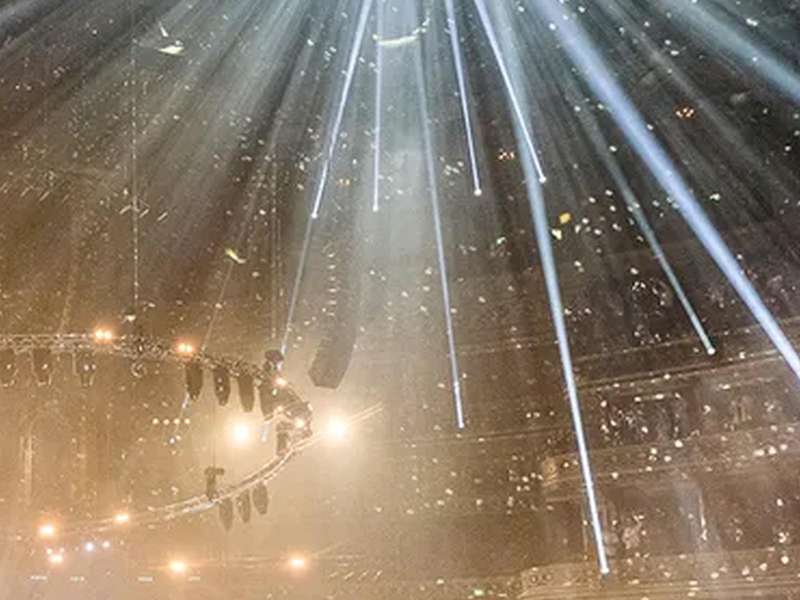
The Fashion Awards 2025, not just fashion
The Fashion Awards 2025 return to the Royal Albert Hall, celebrating excellence in British and global fashion. Designers, models and changemakers are honoured for creativity, sustainability and cultural influence. A night of glamour and social engagement.
자세한 정보